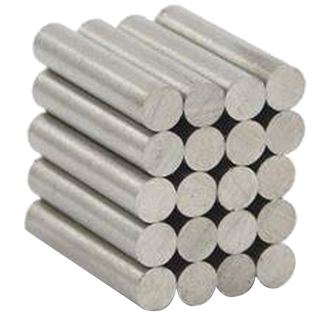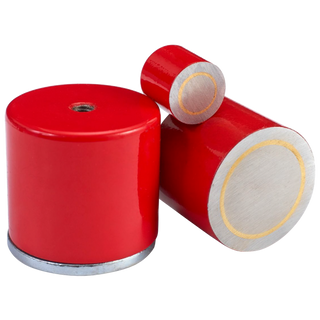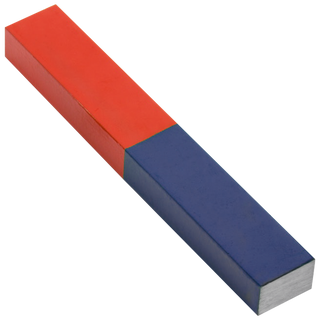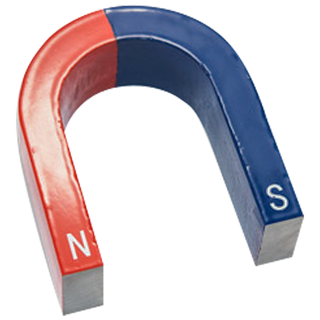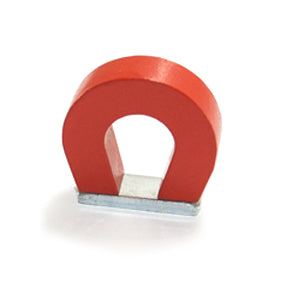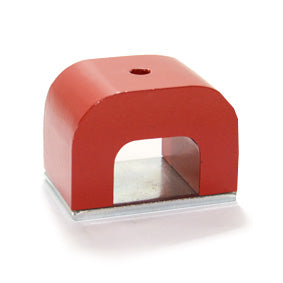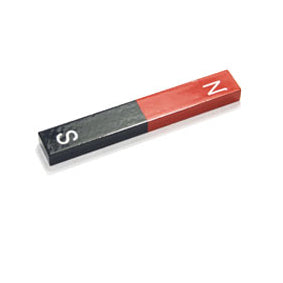Alnico Magnets
Alnico magnets are permanent magnets made from an alloy of aluminium, nickel, and cobalt. While weaker than rare earth magnets, they are highly valued for their excellent temperature stability, corrosion resistance, and durability, making them ideal for high-temperature and industrial applications.
Alnico magnets are popular for specialised uses where stability and reliability are critical. Their mechanical strength is greater than both Ferrite and Rare Earth magnets. They are available in blocks, rods, horseshoe, and cylinders, with applications ranging from education and science experiments to guitar pickups, holding systems, jigs, and fixtures. Their lower strength compared to neodymium makes them safe for classroom demonstrations, while their stability in extreme conditions makes them useful in manufacturing. If you need any assistance in choosing the right magnet for you, please check out our knowledge base articles or contact our friendly sales team.
Properties of Alnico Magnets:
-
Made from aluminium, nickel and cobalt alloy
-
Excellent stability across wide temperature ranges
-
Very good corrosion resistance
-
Greater mechanical strength than ferrite or rare earth magnets
-
Manufactured in C5 grade with casting or powder metallurgy
Common Uses:
-
Educational settings for demonstrating magnetic fields
-
Guitar pickups (Fender has used them since the 1940s)
-
Holding applications in manufacturing (pot magnets, jigs, fixtures)
FAQ
What is an Alnico magnet?
An Alnico magnet is made from aluminium, nickel and cobalt alloy. They are hard and brittle with poor resistance to demagnetisation but excellent high-temperature stability and corrosion resistance.
Are Alnico magnets used for guitar pickups?
Yes. Alnico rod magnets are widely used in guitar pickups, particularly by Fender since the 1940s, and remain essential for producing classic guitar tones.

Alnico Horseshoe Magnet - 75mm x 38mm x 9mm
Code: 49011
Not enough in stock. Please choose a lower quantity.
Minimum order quantity is 1
Not enough in stock. Please choose a lower quantity.
Minimum order quantity is 1
Not enough in stock. Please choose a lower quantity.
Minimum order quantity is 1
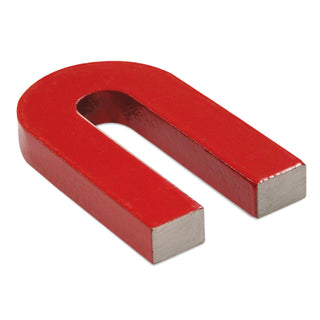
Alnico Horseshoe Magnet - 5.08cm x 2.54cm x 6.35mm | Pull Force 1.36kg
Code: MCT07225
Pull Force: 1.36kg
Not enough in stock. Please choose a lower quantity.
Minimum order quantity is 1
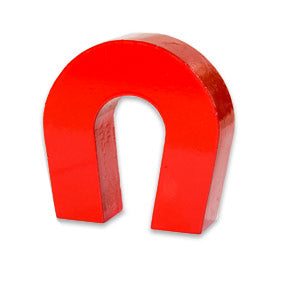
Alnico Horseshoe Magnet - 51mm x 41mm x 16mm
Code: 49015
Not enough in stock. Please choose a lower quantity.
Minimum order quantity is 1
Not enough in stock. Please choose a lower quantity.
Minimum order quantity is 1
Not enough in stock. Please choose a lower quantity.
Minimum order quantity is 1
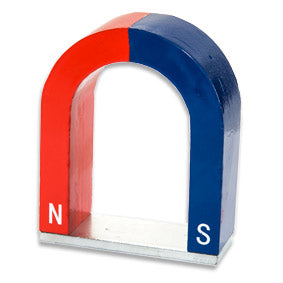
Alnico Horseshoe Magnet - 100mm x 85mm x 33.5mm
Code: 49017
Not enough in stock. Please choose a lower quantity.
Minimum order quantity is 1
Not enough in stock. Please choose a lower quantity.
Minimum order quantity is 1
Not enough in stock. Please choose a lower quantity.
Minimum order quantity is 1






